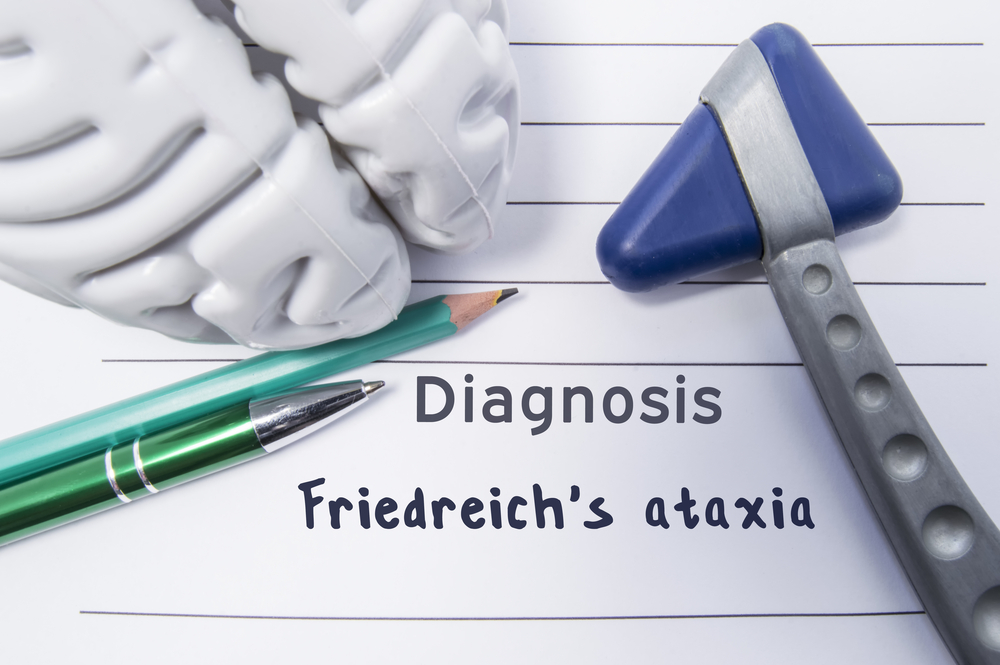DIAGNOSIS
A careful clinical evaluation, including medical history and a thorough physical examination, is required for the diagnosis of Friedreich ataxia, especially looking for balance difficulties, lack of joint sensation, absence of reflexes, and signs of neurological problems. A definitive diagnosis is now given by genetic testing. Other tests that can assist in the disorder’s diagnosis or management include:
- Electromyogram (EMG): measures the electrical activity of muscle cells
- Nerve conduction studies: measure the speed with which nerves transmit impulses
- Electrocardiogram (EKG or ECG): shows the electrical activity of the heart
- Echocardiogram: records the position and motion of the heart muscle
- Blood tests: measures glucose levels
- Magnetic Resonance Imaging (MRI) and computed tomography (CT) scans: provides brain and spinal cord images to help rule out other neurological conditions
TREATMENT
It is not possible to cure Friedreich’s ataxia. Instead, the doctor will treat or manage the underlying problems and symptoms. Physical therapy can help you perform as well as speech therapy. To help you get about, you might also need walking aids. When you develop a curved spine or issues with your feet, braces and other orthopedic devices or surgery can be needed. To treat heart disease and diabetes, medications may be used.
There is also no means Friedreich’s ataxia can be avoided since the disorder is hereditary. If you have the disease and expect to have children, genetic therapy and screening are recommended.


